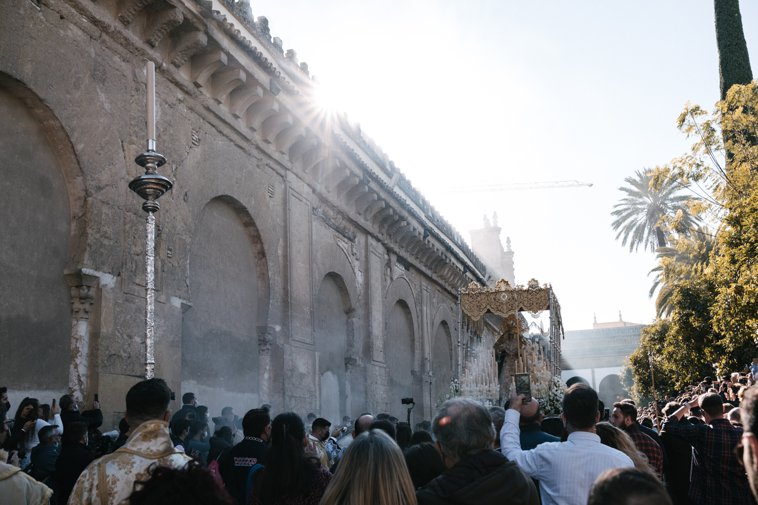Semana Santa in Spain
Questions This Article Answers
What is Semana Santa in Spain?
What are the processions during Semana Santa in Spain?
Where to see the Semana Santa processions in Spain?
All About Semana Santa
Pascua(Easter) is not a one-day celebration in Spain. Instead, many parts of Spain celebrate Semana Santa, or Holy Week! Starting on Domingo de Ramos, hermandadesand cofradías(brotherhoods) mark the occasion with daily procesiones(religious processions) that depict scenes from the Passion and death of Jesus.
Procesiones

Processions are the key part of Semana Santa in Spain. Before we talk about these processions, let’s look at some of the words you can use to talk about Semana Santa in Spain!
Spanish Words to Talk About Semana Santa in Spain
Hermandad vs. Cofradía
While, in the past, cofradías were for people of a certain trade, and hermandades were for everyone, now there’s little difference between a cofradía and a hermandad.
During the week from Domingo de Ramos to Domingo de Resurrección, daily procesiones take place all over Spain. Their elaborateness depends on the region, but most regions have at least some sort of procession. The most breathtaking Semanas Santas in Spain are reportedly in Sevilla(Seville), Zamora(Zamora), Málaga(Malaga), and Valladolid(Valladolid).
 So, just what is a procesión? Procesiones are essentially religious parades in which elaborate floats, called pasos, are carried through town. The pasos are accompanied by meticulously dressed Nazarenos and penitentes. Somber music also plays a big part in procesiones. In some regions, people sing saetas, mournful vocal pieces, to the pasos. In most regions, bands accompany the pasos, playing solemn marches. Procesiones are somber affairs, and silence reigns as the pasos go through town.
So, just what is a procesión? Procesiones are essentially religious parades in which elaborate floats, called pasos, are carried through town. The pasos are accompanied by meticulously dressed Nazarenos and penitentes. Somber music also plays a big part in procesiones. In some regions, people sing saetas, mournful vocal pieces, to the pasos. In most regions, bands accompany the pasos, playing solemn marches. Procesiones are somber affairs, and silence reigns as the pasos go through town.
Even if you are not a religious person, the procesiones that take place throughout the country during the Easter season can be impressive and moving events!
You can learn more about holidays in the Spanish-speaking world with these articles!














